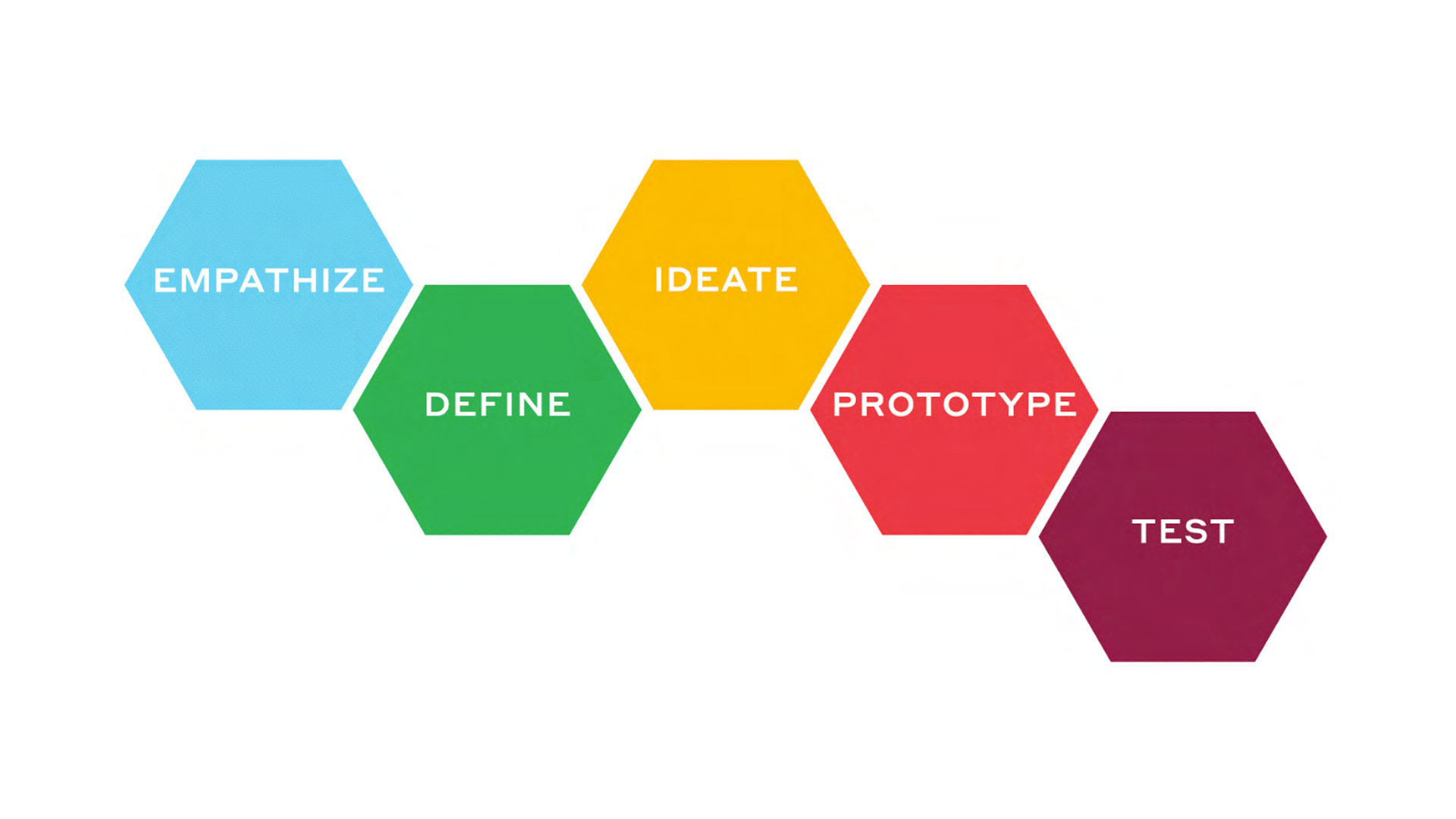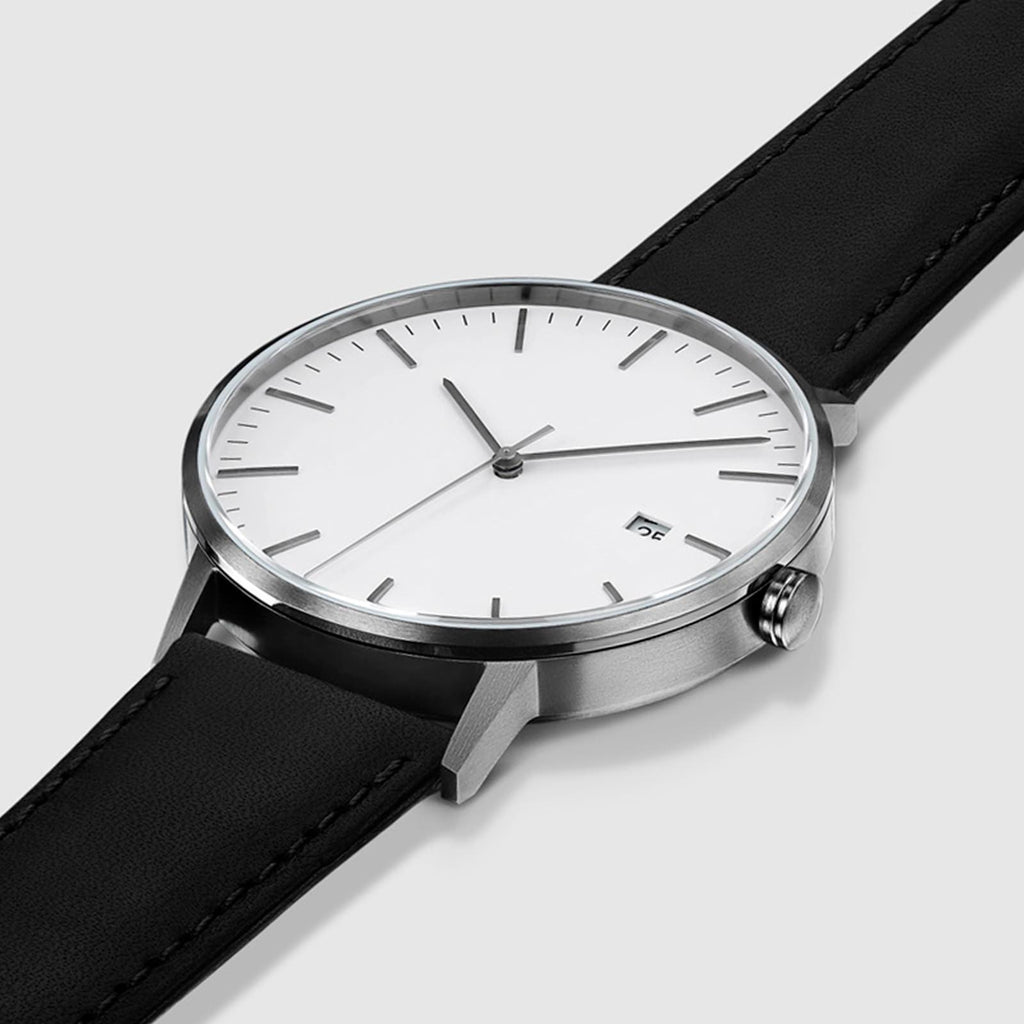Table Of Content

CareerFoundry is an online school for people looking to switch to a rewarding career in tech. Select a program, get paired with an expert mentor and tutor, and become a job-ready designer, developer, or analyst from scratch, or your money back. We also recommend checking out this excellent collection of resources for getting started with Design Thinking provided by the d.school (Hasso Plattner Institute of Design at Stanford University). If you’d like to learn more about putting the Design Thinking process into context, you’ll find a comprehensive guide over on IDEO.com. Download print-ready templates you can share with your team to practice design thinking today.
Stage 5: Test—Try Your Solutions Out
Design thinking emphasizes empathy, collaboration and iterative learning to solve problems creatively. This approach allows developers to design solutions that are more closely aligned with users' evolving behaviors and preferences. Additionally, considering the Structural and Mental Models levels enable developers to identify and challenge assumptions about what users need or value, leading to more innovative and user-centric solutions. According to Wired magazine, Charlie Hill, chief technology officer of IBM Design, indicated that the adoption of a traditional design thinking process by large companies such as IBM may lead to breakdown. However, the company can use the process as guidelines to draw its own process characteristics based on the existing complex business. The first step in finding success with design thinking is to foster a culture of human-centered design within your team.

Apple iPhone iPad Mac Users Abruptly Locked Out Of Devices Reset Required
There’s much more, including full online courses we've developed on many topics related to design thinking and its applications. You might consider developing your communication, innovation, leadership, research, and management skills, as those are often listed alongside design thinking in job postings and professional profiles. If you want to learn design thinking, take an active role in your education. Start polls, problem-solving exercises, and debates with peers to get a taste of the process. It’s also important to seek out diverse viewpoints to prepare yourself for the business world. Design thinking is an extension of innovation that allows you to design solutions for end users with a single problem statement in mind.
What is the goal of the Design Thinking process?
Today companies and organizations across America have adapted the model. The Double Diamond diagram from the Design Council helps to visualize the divergent and convergent stages of the design thinking process, and highlights the different modes of thinking that designers use. The DeepDive™ technique was developed by IDEO as a way to rapidly immerse a group into a situation where they can effectively problem-solve and generate ideas. They expressed this variant of the design thinking process live on ABC Nightline back in the late ’90s. Instead of focusing on reaching a bigger audience, Airbnb’s founders used design thinking to determine why their existing audience wasn’t utilizing their services. They realized that rather than focusing on traditional business values, like scalability, they needed to simply put themselves in users’ shoes to solve business problems.
A mindset is a characteristic mental attitude that determines how one interprets and responds to situations. Design thinking mindsets are how individuals think, feel and express themselves during design thinking activities. It includes people’s expectations and orientations during a design project.
Five stages of Design Thinking
These will invite people to share their experiences and observations to help your team better understand the problem. Then, you can move on to some specific exercises for the empathy stage of the process. The goal of this stage is for your team to develop a user-centered vision of the core problem you need to solve. The idea is to challenge any assumptions or biases teams have, instead using their customer perspective as a guiding source. This is important because it aligns the team on what needs to be considered during the rest of the design thinking process. Design thinking is a solution-based framework, so the focus is on coming up with as many ideas and potential solutions as possible.
Enhancing Design Thinking With Systems Thinking
Organize all your observations and draw parallels across your users’ current experiences. These five stages identify the five modes that you would expect to carry out in a design project to solve any innovative problem. Every project has to go with the activities specified to the product under development, but each stage's essence remains the same. Here, we'll explain the Design Thinking Model and why it's so crucial. As we all know, it's a philosophy dedicated to finding creative solutions that put the needs of the end-user first. Let's learn more about Design Thinking by digging further into this article.
In design thinking, cross-functional teams work together to understand user needs and create solutions that address those needs. Moreover, the design thinking process helps unearth creative solutions. Design thinking is an iterative, non-linear process which focuses on a collaboration between designers and users. It brings innovative solutions to life based on how real users think, feel and behave.
Related UX Design Articles
In addition to helping him refine and adjust the structure, Bland also used it to gather feedback from early readers and target audiences, which helped get the final product just right. While often used in product design, service design, and customer experience, you can use design thinking in virtually any situation, industry, or organization to create user-centric solutions to specific problems. The fifth step in the design thinking process will see you testing your prototypes on real or representative users. Design thinking is an extremely hands-on approach to problem-solving favoring action over discussion. Instead of hypothesizing about what your users want, design thinking encourages you to get out there and engage with them face-to-face.
As consumers, companies, and regulators shift toward increased sustainability, design processes are coming under even more scrutiny. The challenge is that carbon-efficient production processes tend to be more complex and can require more carbon-intensive materials. Central to the design thinking process is prototyping and testing (more on that later) which allows designers to try, to fail, and to learn what works. Testing also involves customers, and that continued involvement provides essential user feedback on potential designs and use cases. If the MIT-Altitude team studying walkers had ended user involvement after its initial interviews, it would likely have ended up with a walker that didn’t work very well for customers. The Last stage of design thinking is - Test, where the designers test the product with the best solutions identified in the prototyping stage.
How to apply design thinking in data science - InfoWorld
How to apply design thinking in data science.
Posted: Mon, 20 Nov 2023 08:00:00 GMT [source]
One of the innovations that came from their immersive research is the driver app, which focuses on delivery partners’ pain points around parking in highly populated urban areas. To address this, the driver app provides step-by-step directions from restaurant to customer to ensure smoother delivery processes. To empathize with customers, the founders spent time traveling to each location, imagining what users look for in a temporary place to stay. Invest in a high-quality camera and take pictures of what customers want to see, based on their travel observations. For example, showing every room rather than a select few, listing special features like a hot tub or pool in the description, and highlighting the neighborhood or areas in close proximity to the residence.
One such iteration focuses on the social innovation setting in developing countries. For this context, the terminology needs to be simplified, made memorable and restructured for the typical challenges faced in those environments. The Human-Centered Design (HCD) Toolkit they developed for this purpose was re-interpreted as an acronym to mean hear, create and deliver. Let’s now take a quick look at 10 popular frameworks to further understand this innovative and revolutionary process. While we know a lot about practices that stimulate new ideas, innovation teams often struggle to apply them.
It involves identifying the problem statement to come up with the best outcome. This is done through observation and taking the time to determine the problem and the roadblocks that prevented a solution in the past. Design thinking is different from other innovation and ideation processes in that it’s solution-based and user-centric rather than problem-based. This means it focuses on the solution to a problem instead of the problem itself. D4VG products can cost more to build, but they can ultimately raise margins by delivering on a clear understanding of a product’s core brand attributes, insights into people’s motivations, and design thinking.
“After several iterations, we might get something that works, we validate it with real customers, and we often find that what we thought was a great solution is actually only just OK. But then we can make it a lot better through even just a few more iterations,” Eppinger said. An interdisciplinary program that combines engineering, management, and design, leading to a master’s degree in engineering and management. Learn more about design thinking in the full-day course Generating Big Ideas with Design Thinking.
The design thinking process outlines a series of steps that bring this ideology to life—starting with building empathy for the user, right through to coming up with ideas and turning them into prototypes. The ideology behind design thinking states that, in order to come up with innovative solutions, one must adopt a designer’s mindset and approach the problem from the user’s perspective. At the same time, design thinking is all about getting hands-on; the aim is to turn your ideas into tangible, testable products or processes as quickly as possible. Design thinking methods and strategies belong at every level of the design process.

No comments:
Post a Comment